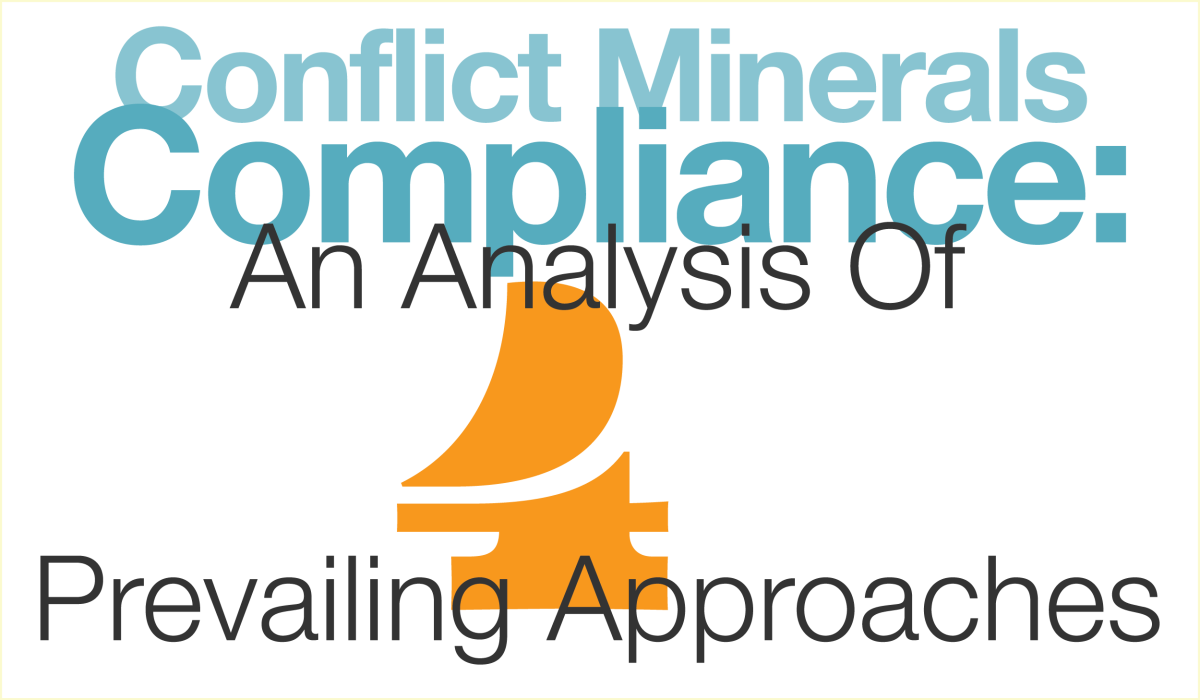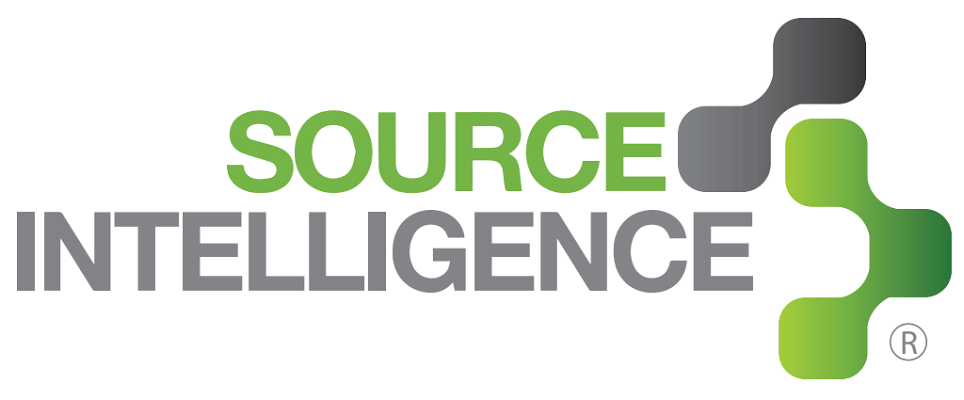Is Your Company’s Program for Conflict Minerals Compliance The Right One?
Discover the 4 prevailing approaches in Source Intelligence’s analysis paper

Conflict Minerals Compliance Implementation: An Analysis Of 4 Prevailing Approa…
On May 31, 2014 under Section 1502 of the Dodd-Frank Wall Street Reform and Consumer Protection Act, many U.S. publicly traded companies will have to file a special disclosure for the 12-month reporting period ending on December 31, 2013. The aim of the disclosure is to provide transparency into corporate supply chain practices and to reduce sources of funding for armed groups involved in human rights violations in the Democratic Republic of the Congo (DRC) and surrounding countries. Section 1502 requires disclosure of products which contain one or more of the four conflict minerals (tantalum, tin, tungsten and gold, also known as “3TG”), if the minerals originated in the DRC or surrounding countries, and if the mineral exploitation provided a benefit to armed groups. These minerals are commonly found in thousands of products ranging from electronics to jewelry, toothpaste, PVC pipe, and anti-microbial fabrics.
An estimated 5,994 public companies that file with the SEC will have to provide new disclosures. Moreover, approximately 278,000 private companies that are part of reporting companies’ supply chains will also be expected to provide conflict minerals information to their customers. Over 70% of companies surveyed by PricewaterhouseCoopers in July 2013 stated they are either in the very early stages of implementing their conflict minerals program, or have not yet implemented a program because they were unsure if the rule applies to them. Companies that have begun the implementation process are discovering that complying with the rule is not as straightforward as expected due to a myriad of challenges: depth and complexity of global supply chains, language barriers, political obstacles, confidentiality concerns, supplier resistance, as well as the sensitive nature of the materials being traced.
Source Intelligence has prepared an analysis of emerging best practices in Conflict Minerals compliance programs, to help affected “late-comer” companies evaluate their options and implement their own program.
To download the entire paper click HERE

